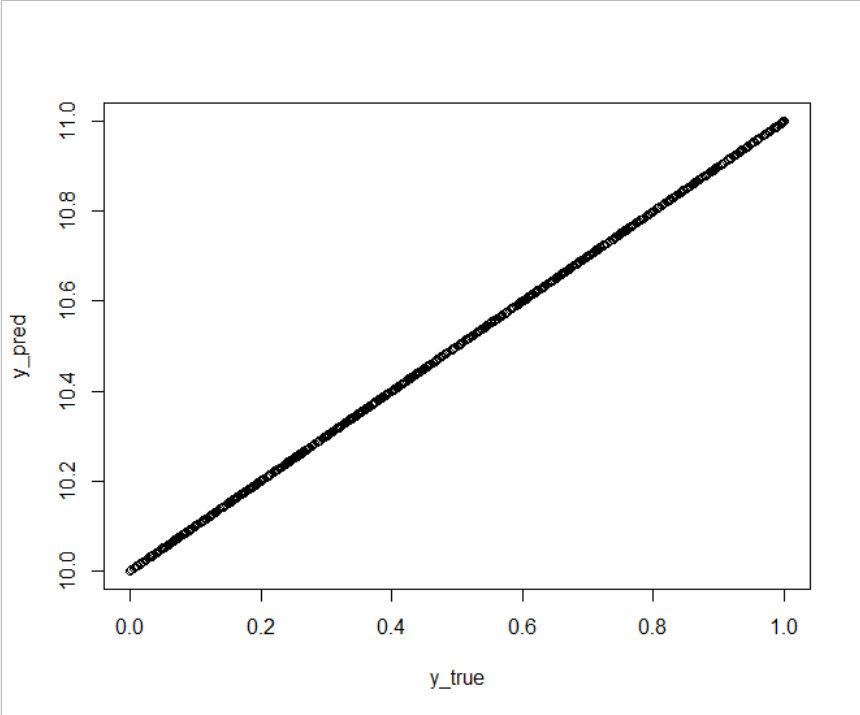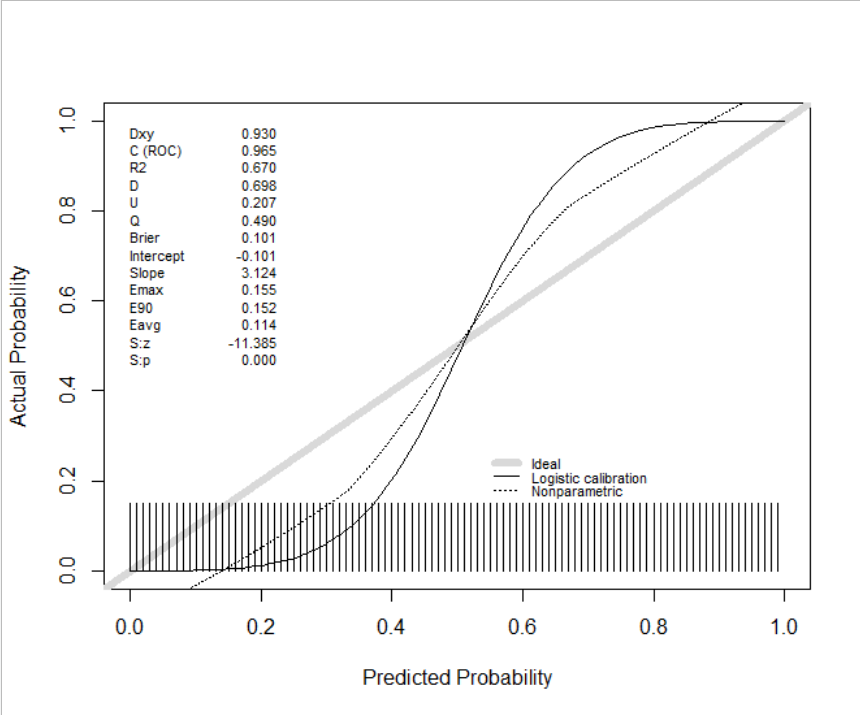What does predictive discrimination mean and how is it different from classification?
My question is prompted by Frank Harrell's comment:
Predictive discrimination is much more general a concept than classification.
...
This comment is at odds with my current thinking that predictive discrimination is simply an old-fashioned synonym for what is now called the supervised classification task. I would also assume that predictive discrimination is distinct from just discrimination, which could also mean clustering, depending on the context.
This term does not appear at all in books on machine learning that I usually use as a reference. Searching the web proved to be unproductive, as mostly sociopolitical applications of machine learning come up in the results.



predictmethod insklearngives.) $\endgroup$